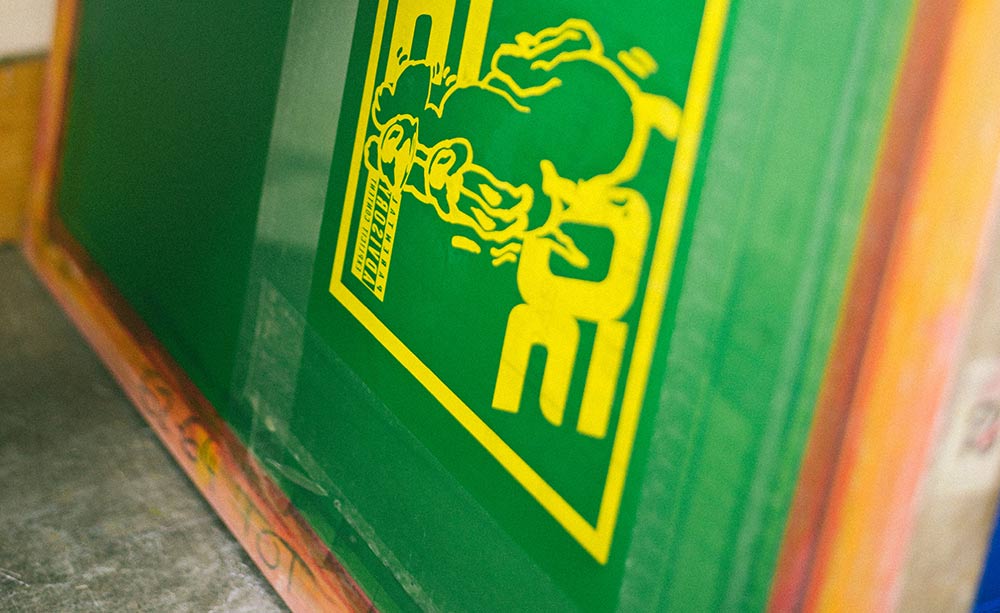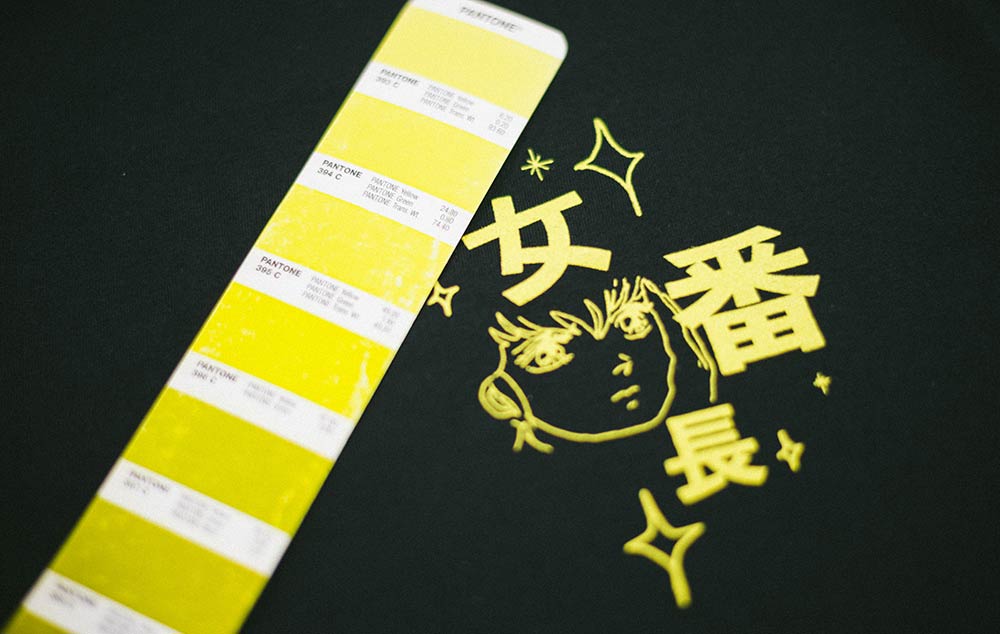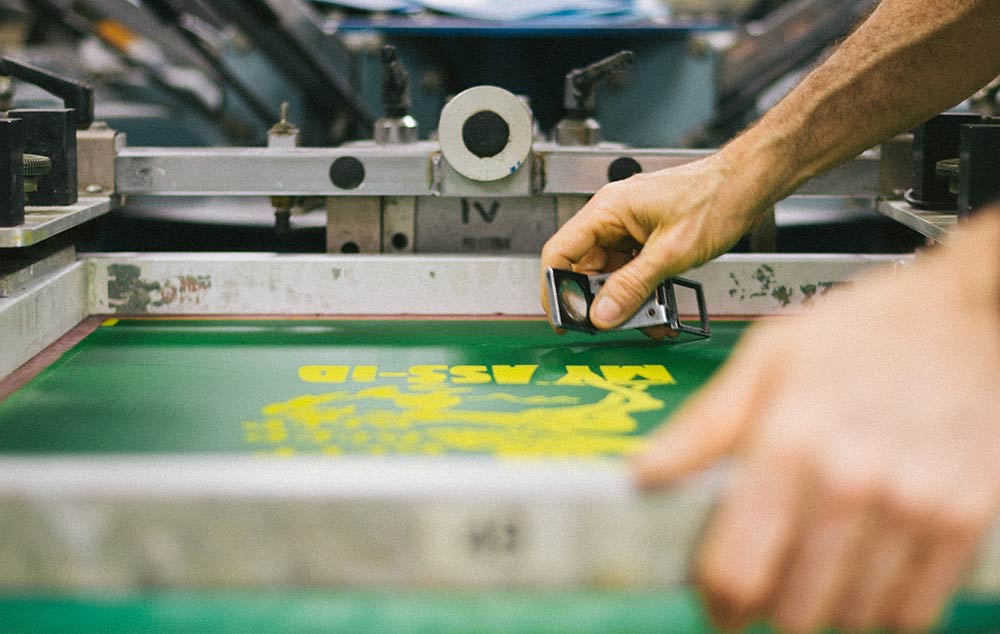
When it comes to T-shirt printing, there are typically two main printing methods in a print house’s arsenal – screen printing and direct to garment (DTG). The method we use depends heavily on the campaign you’re looking to run and the nature of your design; screen printing is typically better for graphic-heavy prints with less colours, while DTG is a great option for colour-heavy, intricately detailed designs, though it’s not without its limitations.
While getting the best-looking print for your design should always be a priority, there are also a number of price and quality considerations with each method. For that reason, it’s pretty helpful to know what’s what before you pull the trigger on your T-shirts campaign.
COSTS
Screen printing: There are setup costs (the cost of making your screen) involved with screen printing. Multiple colours and shaded areas will require additional screens, which will also increase the cost. However, this cost reduces as you print more units, making it a more cost effective printing method over time.
DTG: Though there are no setup fees when it comes to DTG, this method works out to be more expensive over time when compared to large run prints of the same minimal-colour design that have been screen printed. However, small runs and sample prints are generally cheaper when printed DTG.

COLOUR
Screen printing: tends to produce a more tactile and vibrant colour than DTG, and for this reason it is our preferred printing method. Remember though, multiple colours increase the initial setup costs of screen printing.
DTG: Complexity of colour, shading and design isn’t an issue with DTG. This is where it comes into it’s own, printing beautiful complex prints at an affordable unit price.

QUALITY
Screen printing: Quality is second-to-none, you can achieve a really crisp finish with lines that are clean and bold. Colour is also extremely vibrant and accurate.
DTG: These days DTG printing generally produces quite brilliant results; especially when you take into account the capacity for printing vibrant colour ranges and fine details. However, quality has to be DTG’s biggest drawback. In general DTG colour printing is not as vibrant or as accurate as with screen printed colours. In addition, printing on colour garments (not white) requires the addition of a base layer (so the newly printed ink is more durable) – and this means the final product can vary slighty on colour garments when compared against white garments.

PROS & CONS AT A GLANCE
Screen printing:
+ More tactile & vibrant print quality
+ More accurate colour representation
+ Generally works out cheaper the more you print
– Setup fees involved (making the screens) = expensive for short runs
– Multiple colours require more screens = more expensive
Best for: 1-3 colour, graphic heavy designs
DTG:
+ Able to print detail heavy designs or photos onto fabric
+ Unlimited colours
+ Cheap for small and one off runs
– Colours not as vibrant or accurate as screen printing
– Generally, DTG is not as cheap as screen printing when printing larger quantities
Best for: photography, complex designs
Step 5: Other points to consider
Screen printing is a brilliant way to print, and there are many reasons to use this approach. If you’re printing on a large scale, it’s a relatively cheap and quick way to print. However, if you’re looking to print a short run of T-shirts it can be an expensive option because of the setup costs of the screens, as making a new screen can be expensive. In this instance, DTG printing is usually a more viable option. Similarly, if your design involves more than a few colours, varying gradients or shadows, more screens will be needed, which will also affect the cost.
As screen printing develops with time and advancing technology, there are constantly new innovations popping up that make it a more efficient, and waste-free way to print. Organic and natural inks are increasingly available to use, and new technologies can make printing more precise than ever before.


